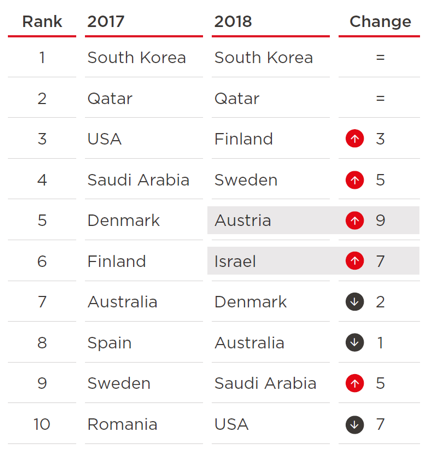Mobile technology is transforming people’s lives, and consumer behaviour is continually evolving as devices get smarter, services grow richer and societies become more connected. With mobile now reaching over 5 billion people across the world, it is becoming increasingly important to measure and understand how consumers are interacting with their devices.
The GSMA Intelligence Consumer Insights Series takes results from our global consumer survey, providing insight into how people around the world engage with their mobile devices, from traditional communication to social, entertainment and financial services. The first report, Evaluating Mobile Engagement, highlights how behaviour varies between countries, regions and consumer groups, and identifies the opportunities for driving future engagement.
This report includes the GSMA Global Mobile Engagement Index (GMEI) which, based on the usage patterns of 50,000 survey respondents across 50 countries, helps interpret engagement levels among smartphone and non-smartphone owners across an array of use cases and services. The higher the score, the more likely consumers are to frequently engage in mobile services. Supporting the index is a consumer segmentation consisting of four segments:
- Talkers use mobile phones almost exclusively to make a voice call or send an SMS
- Networkers mostly use phones to communicate, socialise, browse the internet and for apps, and occasionally for entertainment
- Pragmatists show high usage across most areas, but are still experimenting with lifestyle, digital commerce and financial services use cases
- Aficionados show the highest engagement across all use case categories
Measuring the most engaged markets

In 2018, the GMEI has identified South Korea and Qatar as the two most engaged countries in the world, retaining their places from last year. The rest of the top ten largely features the same countries as last year, with the exception of two new entries: Austria and Israel. Both countries exhibit almost ubiquitous 4G coverage, mobile internet usage and smartphone ownership, and both are home to highly engaged mobile subscribers. In Austria, all ten use case categories show around 50% engagement or more among smartphone owners, while Israel is among the top three in terms of monthly smartphone user engagement for six of the ten use case categories.
At the other end of the scale, we have identified segments of consumers who are ‘under-engaged’: 1.4 billion people cross the world own a basic or feature phone and only use voice and/or SMS; 325 million people use mobile Internet services but don’t own a smartphone; and 1.2 billion people own a smartphone but don’t/minimally engage in mobile Internet services.
Mobile operators and the wider ecosystem can target these segments and help drive engagement by:
- ensuring there is sufficient mobile broadband coverage (particularly 4G)
- increasing affordability of devices and services
- helping people realise the benefits of the mobile Internet through advancements of digital skills and availability of locally relevant content.
Another factor driving mobile engagement is youth. Millennials are the most engaged globally, with over half of Aficionados globally aged 18-34. Meanwhile more than half of those over 55 are Talkers. Over the next few decades, as the most engaged groups get older, they will drive a shift in engagement: by 2030, the proportion of Talkers globally will fall to below 25%, from 36% now.
Understanding what makes mobile users unique in any given country today, and how demand is going to evolve tomorrow, is key to anticipating future growth and challenges. Future reports of the Consumer Insights Series will take a deep-dive into individual use case categories; propose scenarios of how the use cases may evolve; and quantify the market opportunities on offer if certain initiatives are implemented by mobile operators and the wider digital ecosystem.
The new GSMA Intelligence Consumer Insights report, Evaluating Mobile Engagement, can be downloaded here



